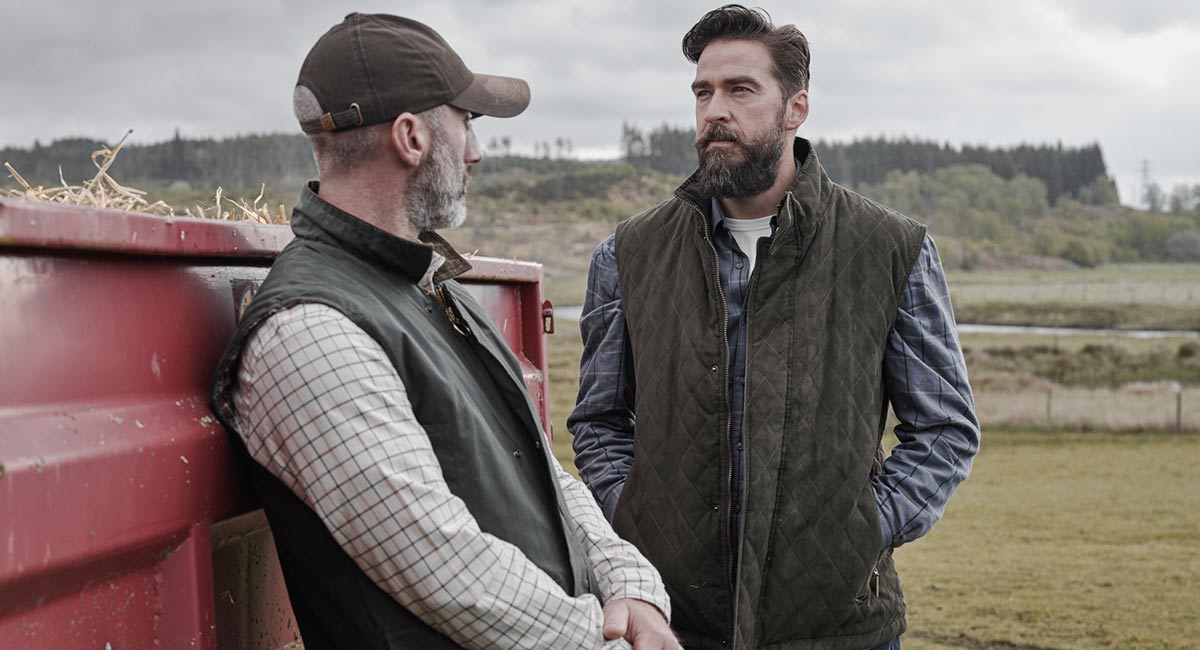Most clothing doesn't provide heat, but it does allow your body to retain the warmth it produces or help you get rid of it quickly. A good layering system is a great idea at any time of the year.
Clothing has two main jobs to help you layer up the right way for cold or warm weather:
1. To insulate and support the body’s temperature balance.
2. To transport excess moisture and any heat that the body doesn’t need.
Layering up for the outdoors
An efficient way to dress for colder weather is to “layer up” with multiple layers of clothing. This gives a versatile and flexible system that not only protects against the cold, wind and wet, but is also easy to ventilate or modify if you get too hot. This layering principle works best when divided into four main layers:
Layer 1 – The BaselayerThis is a heat-insulating and moisture-transporting layer next to the skin. Its critical task is to wick away moisture from the skin as water conducts heat 25 times more efficiently than air. Thus a baselayer in synthetic fibres or wool is much more effective for layering than one in cotton, which absorbs moisture and dries poorly. Cotton layers keep moisture trapped against the skin. This is why all our baselayer items we stock at ArdMoor are made from wool, synthetic fibres or a wool mix. |
Layer 2 – The Midlayer:The mid-layer adds extra insulation and thereby retains more body heat. The purpose of this second layer is to create an insulating layer of air between the mid and base layers. Mid-layers can be lightweight shirts, heavier woollen shirts or fleece tops, based on the conditions and activities you are likely to encounter during the day. For example, if your activity level is likely to be in very cold weather, a thicker mid-layer which will trap more air, providing better insulation against the cold. |
Layer 3 – The Outerlayer:In most circumstances your outer layer should be a wind and water-repellent shell, protecting you against external cooling factors whilst retaining the warmth your body is creating and which is trapped between layers 1 and 3. Ideally you want the outer layer to be able to release moisture through its material to prevent perspiration from making you wet & cold from inside. It should also allow ventilation at the neck, cuffs or through other dedicated openings, whether underarm or a front zip. This ventilation allows you to increase the release of warm, moist air during periods of high activity. You can then close down the ventilation when you stop and as you feel yourself cooling down. |
Layer 4 – For serious cold:This is the layer you use when the conditions are really against you. Windproof, high loft down or synthetically filled garments are ideal as a fourth layer and are easy to put on over the third, the shell layer. Layer 4 isn’t normally something you would wear whilst you are being active, but is a highly recommended layer for any breaks, when you stop at the end of the day, or when making camp. The layer should also be kept easily accessible to ensure your important breaks don’t become shivering experiences and to help your body maintain its core temperature – without using up lots of valuable energy to do so. |

